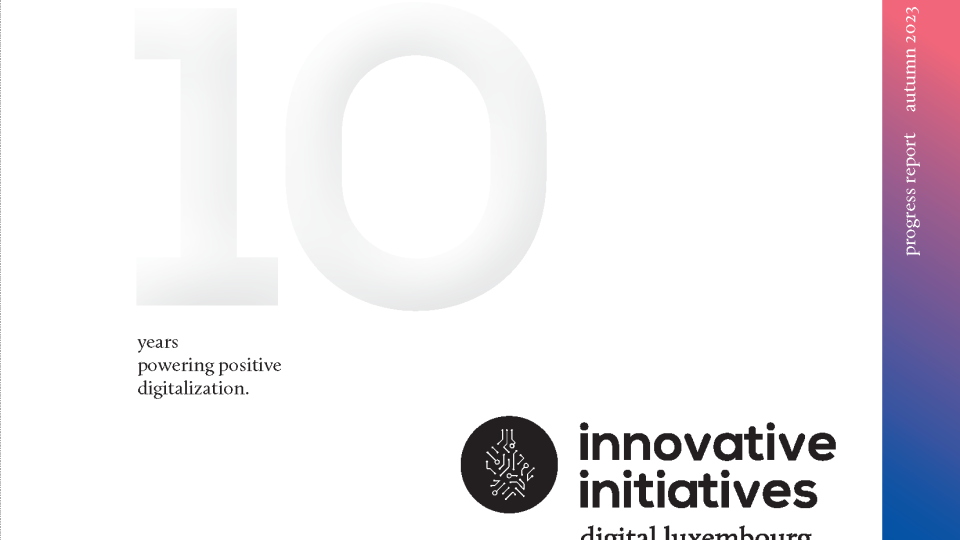The annual general meeting of the data protection association ‘Association pour la Protection des Données au Luxembourg’ (APDL) held on 14 June 2017 provided an opportunity for the national data protection commission (Commission Nationale pour la Protection des Données - CNPD) and the Luxembourg Institute of Science and Technology (LIST) to present a compliance support tool for the general rules on data protection that they have drawn up together, with support from Digital Luxembourg.
The new data protection scheme, which comes into force on 25 May 2018, requires all stakeholders to achieve compliance as quickly as possible. To support the stakeholders in their task of incorporating the provisions of the general rules on data protection in their in-house policies, the CNPD decided to work with the LIST, with support from Digital Lëtzebuerg, on developing a compliance support tool. A tool of this kind is a contribution to the Grand Duchy’s aim of digitising and simplifying procedures, particularly those concerning compliance with the present and future framework of regulations.
The aim of the compliance support tool is to draw up an innovative, intuitive solution enabling users to check the level of maturity of their organisations. The tool will allow users not only to manage a processing register, together with all the other documents necessary for demonstrating their responsibility, but also to monitor the evolution of the level of maturity of their organisations.
The first stage in devising the compliance support tool consisted of developing a test version. To be close to the needs of the various sectors, this version was drawn up jointly with stakeholders active in the fields of health and finance. It was this test version that was presented at the APDL’s annual general meeting, marking both completion of the first stage of the project and the start of the second stage. This second stage, which is expected to last three months, involves a number of companies using the first version of the tool under real-life conditions. The decision to launch the test version of the tool was made in order to confront it as early as possible with the realities of organisations, so that any necessary adjustments can be made to ensure the pertinence of the tool.







